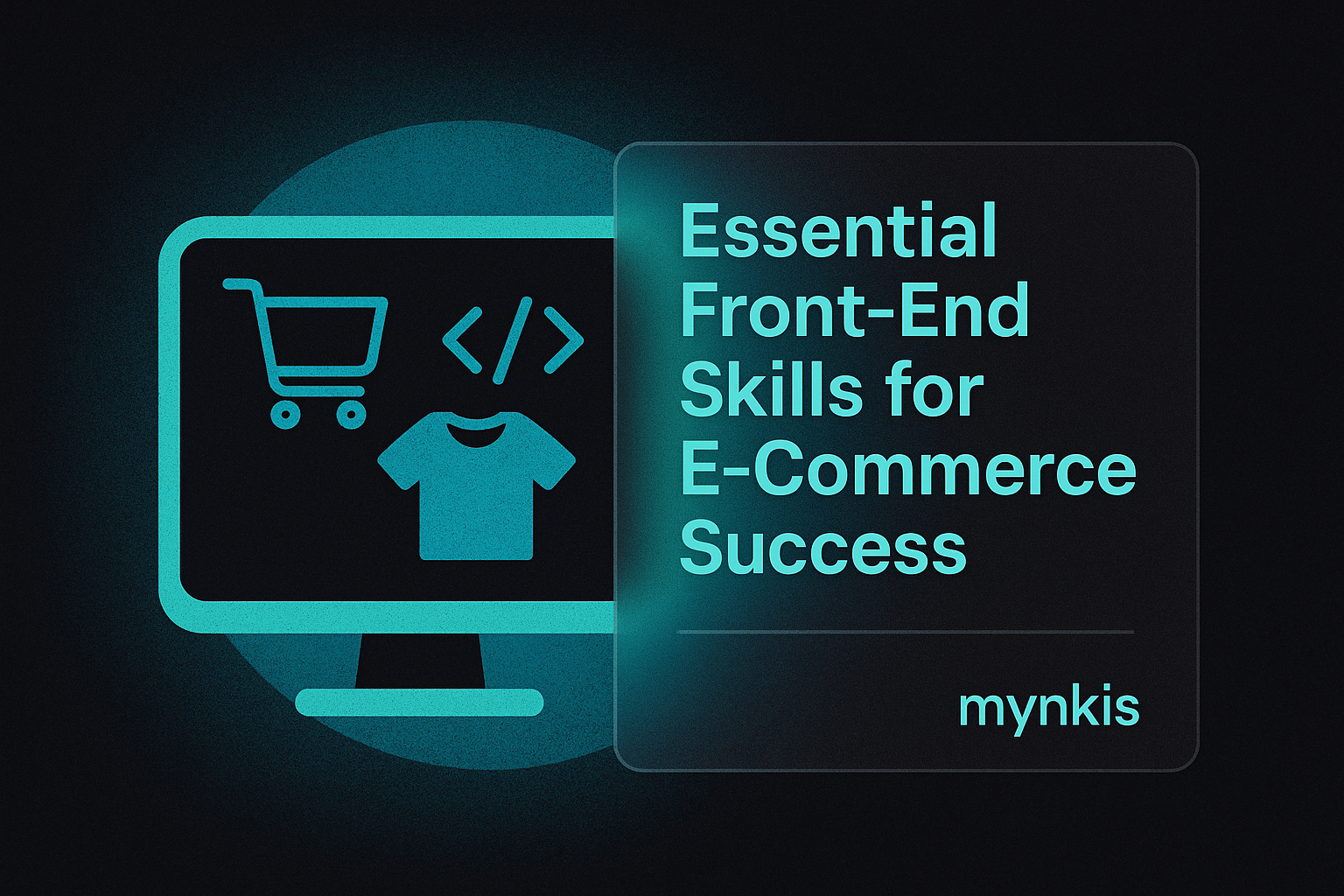Schedule a Demo
In the digital era where online stores serve a diverse array of devices, a responsive design is non-negotiable. As a front-end developer, I've seen firsthand how pivotal an adaptable user interface can be for attracting and retaining customers. From smartphones to desktops, every pixel must render seamlessly to ensure a premium shopping experience. Using technologies like CSS media queries and Bootstrap, developers can create a fluid layout that adjusts based on the user's device, significantly impacting customer engagement and satisfaction. The goal is to make sure that no matter how a customer reaches your online store, they find an aesthetically pleasing and functional platform.
SEO may seem like the realm of content marketers, but front-end developers play a crucial role in optimizing sites for search engines and ensuring accessibility for all users. Implementing semantic HTML5 tags not only improves site structure but also aids in SEO efforts. Additionally, attention to alt text for images and proper aria-labels can make online stores more accessible to users with disabilities, enhancing both user experience and SEO rankings. Integrating custom metadata and ensuring site load speed are key factors that developers can control to enhance visibility without leaning on ad spend.
The use of JavaScript has transformed e-commerce, allowing for dynamic and interactive elements that enrich the user experience. I often recommend employing frameworks like React or Vue.js to develop smooth interactions that keep users engaged from the moment they land on your site. From form validation to dynamic content loading, the strategic implementation of JavaScript can significantly reduce bounce rates and encourage exploration and purchasing. A savvy front-end developer understands the balance between creating an engaging store and ensuring performance isn't compromised.
A robust online store must not only look good but also perform swiftly. Every millisecond counts when it comes to page load times, directly affecting user retention and search engine rankings. Front-end developers need to be adept at minimizing HTTP requests, optimizing images, and leveraging browser caching. In my experience, focusing on these aspects can lead to a significant decrease in bounce rates and an increase in conversion. It's all about delivering a swift and seamless shopping experience to your users.
When building an e-commerce platform, understanding and implementing user interface (UI) and user experience (UX) principles are critical. A well-designed UI makes the shopping process intuitive, guiding the customer naturally towards conversion. Meanwhile, UX focuses on the shopper's journey, ensuring it is as frictionless as possible. From my work, I've learned that incorporating these principles can lead to higher customer satisfaction and loyalty. Thoughtful design and user-centric thinking elevate an online store from good to exceptional.
Progressive enhancement is the philosophy of ensuring all users have access to the core content and functionality of a website, enhanced by advanced features that augment the experience for those with capable devices. It's an approach that can cater to the wide array of devices accessing e-commerce platforms. As a front-end developer, employing this technique not only improves accessibility but also ensures the site functions effectively even when JavaScript is disabled or slow to load. Based on available research, progressive enhancement can contribute positively to user satisfaction and SEO, as it ensures the foundational elements of your online store are readily available and usable.
An online store's front-end cannot operate in isolation; seamless integration with backend systems is crucial for data management and payment processing. In my project experiences, I've seen the importance of front-end developers understanding how to work with RESTful APIs, JSON, and server-side technologies to create a unified shopping experience. A developer skilled in these areas ensures the data flow from the server to the user interface is smooth and secure, enhancing both functionality and the overall trust in the platform.
Maintaining code quality and ensuring collaboration in a project demands proficient use of version control systems like Git. My practice has shown that effective use of version control can save time and reduce errors during development, which indirectly affects site performance and reliability. Tracking changes, managing code versions, and facilitating team collaboration directly contribute to building a more robust online store that is easy to update and scale.
The online retail space thrives on continual optimization. A/B testing allows developers and managers to compare different versions of web pages to determine which one performs better in terms of user engagement and conversion rates. Implementing A/B testing requires a front-end developer's expertise to change the front-end code efficiently. I've employed such testing to fine-tune store elements, leading to actionable insights that can enhance the shopping experience and impact the bottom line positively.
Security cannot be an afterthought when developing an e-commerce site. As a developer, you're responsible for safeguarding user data and transactions. Implementing HTTPS, securing form submissions, and preventing Cross-Site Scripting (XSS) and Cross-Site Request Forgery (CSRF) attacks are all within a front-end developer's purview. I've worked with many projects where prioritizing security not only protects customers but also builds trust, which is invaluable for any online store.
In the world of front-end development, staying abreast of the latest trends and technologies is not just beneficial—it's necessary. The evolution from monolithic architectures to microservices, the rise of PWAs (Progressive Web Apps), and the shifting landscape of web accessibility standards all impact how we build online stores. I've found that continuously learning and adapting ensures that the digital shops we construct remain competitive and cutting-edge.
Finally, soft skills like communication and collaboration are as crucial as technical prowess. A front-end developer's ability to translate complex technical jargon into clear and actionable feedback for stakeholders, including managers and business owners, can greatly influence the project's outcome. In my interactions, I've seen how clear communication facilitates smoother project workflows and contributes to the end product's success.
